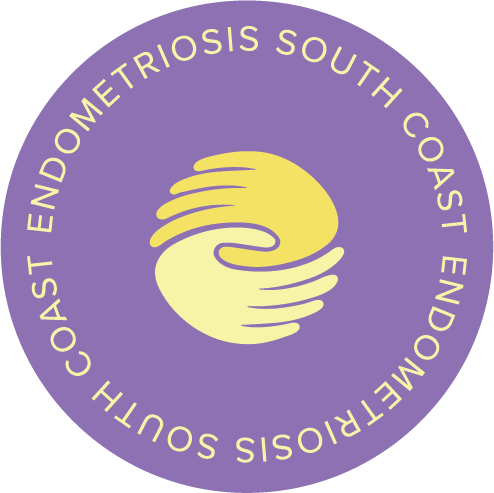March 21, 2025
Endometriosis and Fertility
Redefining the Narrative: Endometriosis and Fertility
Endometriosis is a condition which occurs when tissue similar to the lining of the uterus grows elsewhere in the body. The disease can be very uncomfortable to live with and create many daily challenges.
Unfortunately, there’s a lot of misunderstanding and confusion surrounding endometriosis. This can stop people from getting help and make them feel alone. It’s time to break the stigma and educate people on what it’s really like to live with the disease.
Understanding Endometriosis
According to (1) WHO, 10% of women, girls and those assigned female at birth around the world are affected by the condition. This means that endometriosis affects 1 in 10 AFAB. With such a huge amount of people affected, it’s time to spread awareness.
Everyone experiences the condition differently, but in many cases, this can include pain and discomfort. Some examples of this include extreme period cramps, pelvic pain, backaches, and lower stomach pain. It can also come with other (2) symptoms like heavy bleeding, fatigue, depression and anxiety. Some people also struggle to conceive if they have endometriosis. These symptoms can be uncomfortable and frustrating to live with, and people can feel lonely when others don’t understand. This is why educating people about the disease is so important.
Studies show that it takes an average of 8 years and 10 months for a diagnosis. One of the reasons for this could be that it’s difficult to diagnose. Another reason could be that the link between endometriosis and fertility can add another layer of complexity. According to research, it’s estimated that 30%-50% of people with the condition experience difficulties with fertility. There are multiple reasons why this might be the case, such as hormonal imbalances. This can disrupt ovulation and lessen the quality of the eggs. Tissue growth can also affect ovulation because it can block the egg’s path, making it more difficult to get pregnant.
Fertility and Hope
For those with endometriosis who are navigating fertility challenges, advances in medical science provide hope. Some treatments include medication and surgery to increase the chances of pregnancy. In some cases, an endometriosis specialist surgeon may suggest surgery to remove any scar tissue that is impacting fertility. Some people with endometriosis who are struggling to conceive can apply to receive (3) IVF treatment to help with conception. IVF, which stands for in vitro fertilisation, has provided pathways to parenthood for many. It involves removing an egg from a person’s womb and fertilising it in a lab, this is then implanted directly into the womb to grow. A fertility specialist will be able to decide what the most suitable treatment plan is for you.
Breaking the Stigma
The public needs to be educated that it’s okay to talk about menstrual health and fertility. Many people struggle to talk about these topics because they think it feels awkward. It shouldn’t be this way! This stigma can stop people from going to get help because they don’t know how to talk about their symptoms. Places like schools and workplaces are ideal places to start educating people.
People also need to learn more about the symptoms that come along with endometriosis. So many people are unaware of what endometriosis is, yet so many women are diagnosed with it. If people don’t know what the signs are, they might not get the help they need.
Another problem is that many people who are aware of (4) endometriosis are misinformed about it. For example, some people think it’s impossible for people with the condition to get pregnant. This is completely untrue. Many people with the disease are able to conceive naturally. Others can get help to increase their chances of pregnancy if they’re struggling to conceive. Other people think that getting pregnant can cure endometriosis; this is also untrue. Although getting pregnant can alleviate some symptoms in some people, it doesn’t make the disease go away. Educating people about endometriosis can with understanding.
Conclusion
We need to remove any stigma related to endometriosis and fertility. If people are understanding, then people with endometriosis are more likely to get the help they need and deserve. If more people are educated around the condition, then a support bubble can be created, and feelings of taboo can be extinguished. If you’re going through or have been diagnosed with endometriosis, you’re doing amazing!
(1) https://www.who.int/news-room/fact-sheets/detail/endometriosis
(3) https://tfp-fertility.com/en-gb/fertility-treatment/ivf#:~:text=What%20is%20IVF,or%20donated%20sperm.
(4) https://www.health.harvard.edu/blog/5-myths-about-endometriosis-2021021221890

